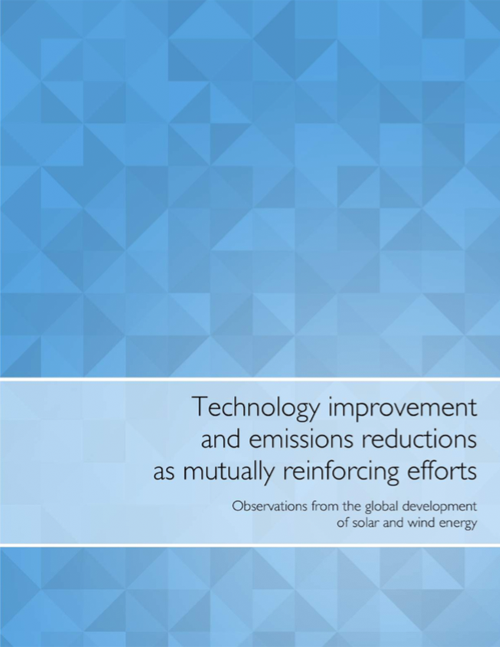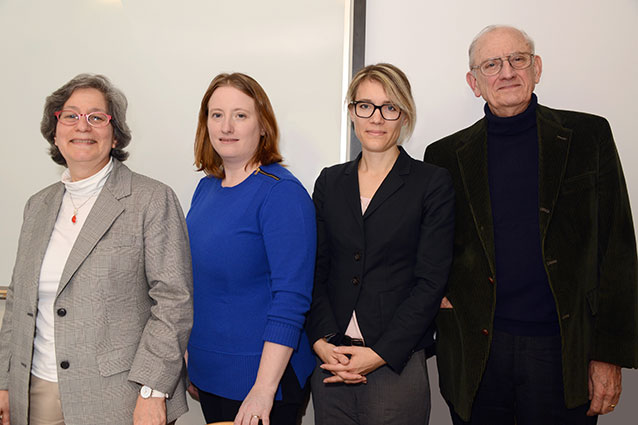
Technology improvement and emissions reductions as mutually reinforcing efforts
Abstract
Technology improvement and emissions reductions as mutually reinforcing efforts: Observations from the global development of solar and wind energy
Project lead: Jessika Trancik
Research team: Patrick Brown, Joel Jean, Goksin Kavlak, Magdalena Klemun
Contributors: Morgan Edwards, James McNerney, Marco Miotti, Joshua Mueller, Zachary Needell
Institute for Data, Systems, and Society, Massachusetts Institute of Technology
Advisor: Ye Qi
Advising research team: Jiaqi Lu, Xiaofan Zhao, Tong Wu
Brookings Tsinghua Center for Public Policy
Mitigating climate change is unavoidably linked to developing affordable, low-carbon energy technologies that can be adopted around the world. Deploying a technology coincides with and engages a variety of mechanisms, such as economies of scale, research and development, and firm learning, which can drive down technology costs. Lower costs in turn open up new deployment opportunities, creating a positive feedback, or multiplier effect. Among low-carbon electricity technologies, solar and wind energy are exemplary of this process.
Commitments proposed in advance of the 2015 Paris climate negotiations (the intended nationally-determined contributions, or INDCs) could collectively result in significant further growth in solar and wind installations. The more that parties to climate negotiations are aware of the state of these technologies, and especially the degree to which technology feedback stands to bring about further improvements, the more opportunity there will be for collective action on climate change.
In this report we describe the evolution of solar and wind energy in recent decades and the potential for future expansion under the INDCs. Solar and wind energy costs have dropped rapidly over the past few decades, as markets for these technologies have grown at rates far exceeding forecasts. In the case of solar energy, for example, the cost of reducing emissions by replacing coal-fired electricity with solar photovoltaics (PV) has fallen at least 50-fold since 1976. Getting these technologies to their current state of development was a collective accomplishment across nations, despite minimal coordination. If countries emphasize renewables expansion in implementing their INDCs, solar and wind capacity could grow by factors of up to 5 and 3, respectively, between the present day and 2030. Based on future technology development scenarios, past trends, and technology cost floors, we estimate that this expansion could achieve a cost reduction of up to 50% for solar PV and up to 25% for wind, trends that could enable further emissions reductions in the post-2030 period.
Related Links:
White House blog: Investments in Renewable Energy Are Paying Off and Paving the Way for Ambitious Climate Action
Department of Energy: Revolution Now

